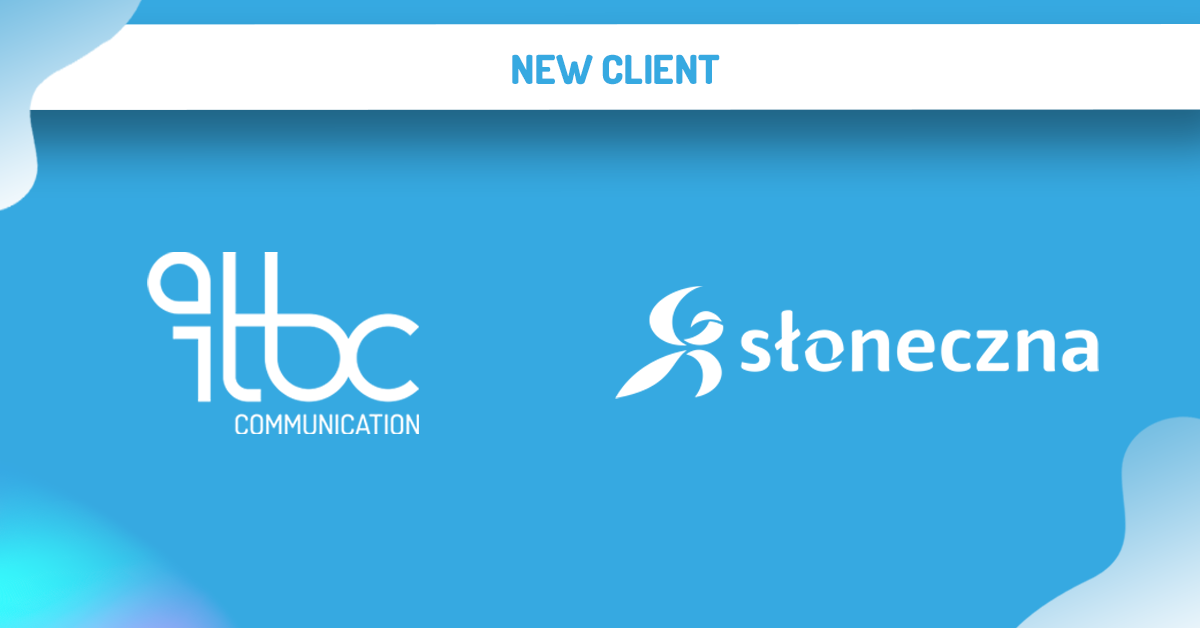Beata Lewandowska CEO at ITBC Communication
Artificial intelligence (AI) is growing in popularity – in 2023 alone, this phrase appeared nearly 900,000 times in the Polish media, according to an analysis by the Institute of Polish Language at the University of Warsaw. The topic is increasingly being discussed in the business community, especially after the launch of free solutions such as OpenAI and Gemini. As many as 79% of service organizations in Poland plan to increase investment in artificial intelligence this year, as illustrated by the results of Salesforce’s State of Service survey. The same report shows that service companies in Poland are most likely to use AI in customer service, preparation of summaries and reports, and use the support of intelligent assistants for customers and service desk staff. Skilful use of the potential of artificial intelligence makes it possible to realistically optimize a company’s processes, streamline daily work and reduce business costs. This solution can also support communication activities – but it should be emphasized that before implementing AI, we need to understand it well and skilfully use its potential, so as not to achieve the opposite of the intended effect.
New tool launch – these are not the first steps of AI
Artificial intelligence and machine learning (ML) are not new to the market. This technology was used as early as the 1950s and 1960s in scientific applications – an example is the Logic Theorist program, which was created to verify mathematical equations. AI-based solutions have been used in logistics, manufacturing and transportation, providing businesses with a tool to efficiently analyse data, increase work efficiency and reduce downtime. Also in marketing, the use of AI has been gaining popularity recently, but it was used as early as the 1990s. Amazon introduced a product recommendation system that analysed purchases and browsing, so it displayed personalized offers to customers, which significantly increased sales. AI can greatly improve marketing efforts and support personalization of offers and email communications to match specific buyer needs. The algorithm can also analyse the data collected in campaigns, as well as the tone and emotions in customer comments on social media. AI is a great tool for studying market trends and consumer behaviour. It supports companies in planning marketing campaigns. In theory, it can be used to create a communication plan and objectives, but is it really worth it?
Will AI be the rocket fuel of communications?
The results of the Wired for AI report illustrate that in the country on the Vistula almost half of the jobs will gain, thanks to the use of AI, but only 32% will see real benefits. Communications can also be a sector that will benefit from the use of AI, if we skilfully recognize what aspects can be automated and how to use the organization’s resources. AI significantly increases the efficiency of media monitoring, allows tracking of brand mentions and competitor activities. With efficient, automated analysis of information, the company can effectively respond to potential crises and monitor trends. A key aspect is sentiment analysis – AI can assess in seconds the tone of the narrative in a published article and the attitude of readers in the comments. This gives communications specialists a summary of the reception of a campaign among a client’s target audience and allows them to efficiently adjust strategies to fit the brand’s objectives. Artificial intelligence can also support the team in developing ideas for articles or blog posts through ongoing analysis of market trends. The algorithm can not only optimize content for SEO, but also help develop draft versions of translated materials. Most importantly, AI can “take routine activities like preparing statements and reports or comparing data off the team’s shoulders, allowing specialists to focus on strategic activities and building better relationships with customers and the environment. We should keep in mind that the use of AI in communications without the verification of appropriately qualified employees can lead to the spread of misinformation, loss of brand transparency or violation of privacy. In addition, we must remember that content created by an algorithm is not covered by copyright laws, as they only protect works that have been created by humans. We also have no assurance that AI has not used someone else’s work, which could expose us to legal claims.
Artificial intelligence can be helpful in creating a communications strategy, but this tool is not infallible and often lacks a broader context. We should remember that AI is no substitute for an experienced professional, especially in such a delicate and nuanced industry. Communications should be created by people for other people, which is why it is so important to emphasize the importance of expert experience and intuition, which the algorithm does not (yet) possess. Artificial intelligence as we know it today will do a great job as an assistant, but it should not be treated as a mentor or oracle in an organization. It is a human being who must hold the reins of this transformation, look broadly and skilfully exploit new opportunities. The expert should tame AI so that it supports him, but it should not be totally trusted with building a PR strategy, because the human factor is the most important in communication.
 +48 22 250 49 10
+48 22 250 49 10 info@itbc.pl
info@itbc.pl Ul. Kaleńska 5, 04-367 Warszawa
Ul. Kaleńska 5, 04-367 Warszawa



 Back
Back



